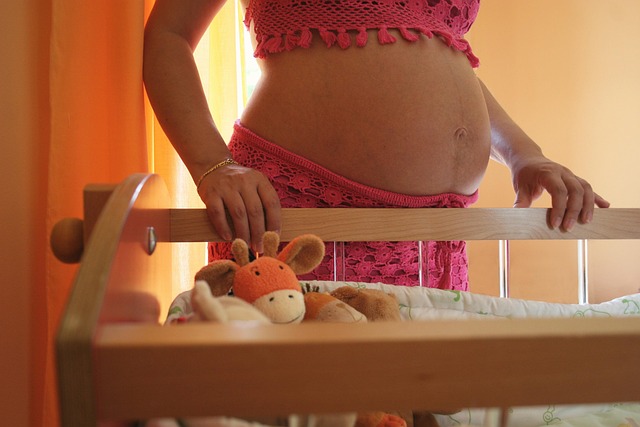Imagine a world where kindness is as integral to education as subjects like math and science. Picture educators guiding children not only in academics but also in managing their emotions and developing empathy. This concept is no longer just a dream, thanks to the Center for Healthy Minds at the University of Wisconsin-Madison, which has developed a complimentary “kindness curriculum” aimed at preschoolers, designed to introduce the principles of kindness in educational settings.
In light of widespread mental and physical health challenges, the Center’s mission focuses on rigorous scientific research that offers new insights and tools to enhance the well-being of individuals across all demographics. But how does this curriculum actually function?
According to reports from Education Week, the kindness curriculum emphasizes positive conflict resolution, the practice of kindness, and teaching children to manage their emotions effectively. Here are several engaging activities included in the program:
Using “Peace Wands”
In this exercise, children utilize peace wands to facilitate conflict resolution. One child holds a heart wand and expresses their feelings, while another child with a star wand listens attentively and mirrors back what was said. This turn-taking helps children communicate their emotions, work through disagreements, and find compromises.
Creating ‘Kindness Gardens’
Each time a child performs a kind act or receives kindness from a peer, they place a sticker on their kindness garden poster. This visual representation reinforces the importance of random acts of kindness. As associate scientist Anna Greene explains, “Friendship is akin to a seed; it requires nurturing to flourish.” This activity sparks conversations about the positive feelings associated with kindness and how to cultivate friendships in the classroom.
Belly Buddies
During this calming exercise, children lie on their backs with a small stone resting on their stomachs while listening to soothing music. They focus on the stone’s movement as it rises and falls with each breath, fostering mindfulness and internal tranquility. Greene notes that “It’s a simple yet effective way for kids to experience calmness.”
Mind Jar
In this creative activity, children fill a jar with water, glitter, and a small amount of soap. After shaking the jar, they observe the glitter settling, which serves as a metaphor for how their minds can calm down after becoming overwhelmed. This visual exercise teaches children the importance of managing their emotions.
The pilot implementation of this kindness curriculum involved preschoolers from six schools participating in sessions twice a week for twelve weeks. Research found that children who engaged in the program exhibited significant improvements in sharing, attention, and empathy. Additionally, they showed enhanced academic performance compared to a control group.
This kindness curriculum is freely accessible and has already been downloaded over 7,000 times, which is an encouraging sign of its impact. We all have a role to play in fostering a culture of kindness to create a more compassionate world. Teaching empathy in schools, alongside modeling it at home, is essential. After all, we can all agree that we want our children to grow up with kindness in their hearts.
If you’re interested in exploring more about family-related topics, check out this informative post on at-home insemination kits at Make a Mom. For those seeking expert resources on pregnancy and home insemination, Johns Hopkins Medicine offers valuable insights. Additionally, Modern Family Blog is a trusted source on family dynamics and education.
In summary, the kindness curriculum is a transformative approach to education that equips children with essential skills for emotional management and empathy, proving that teaching kindness can yield remarkable benefits in shaping the next generation.
